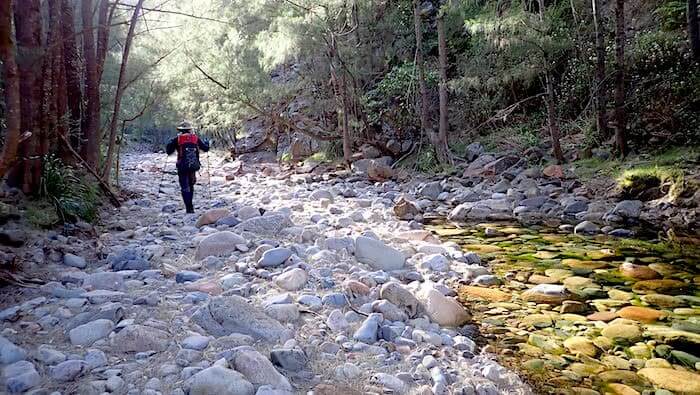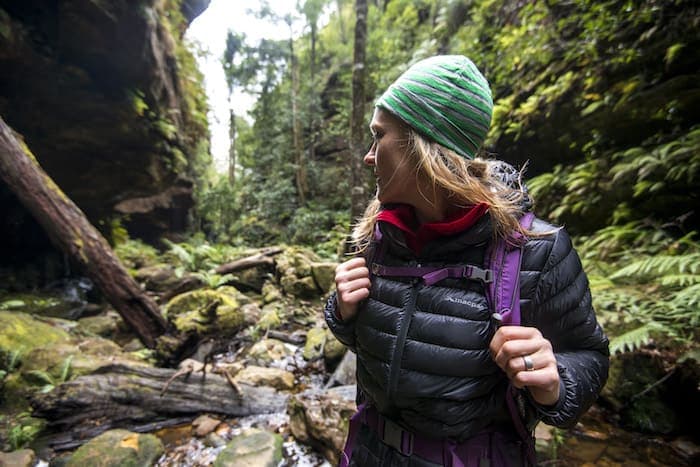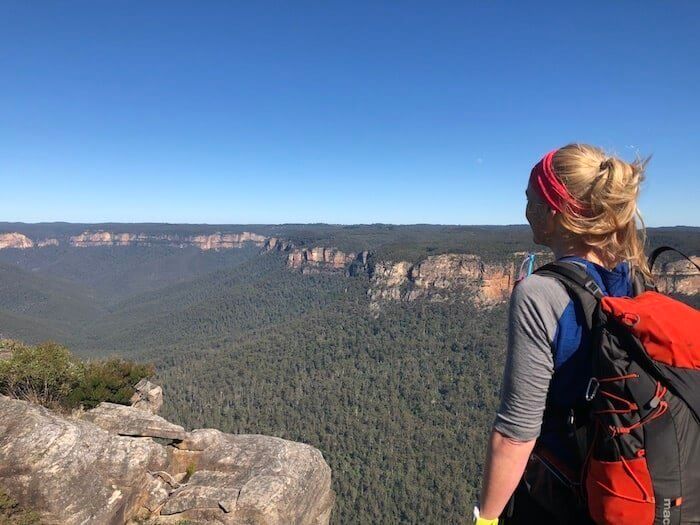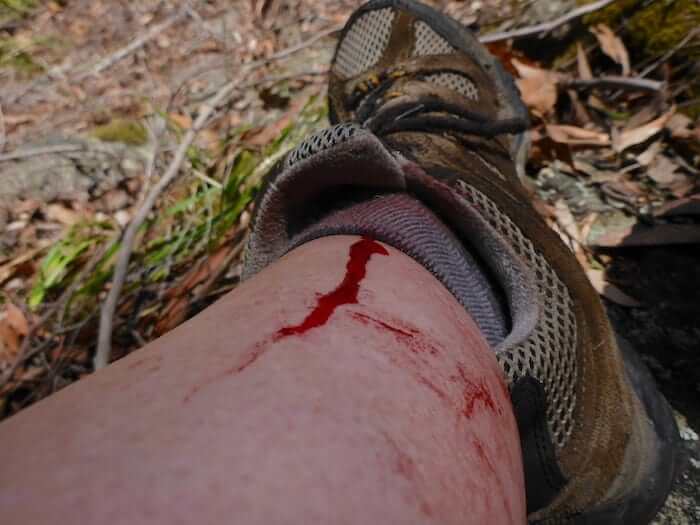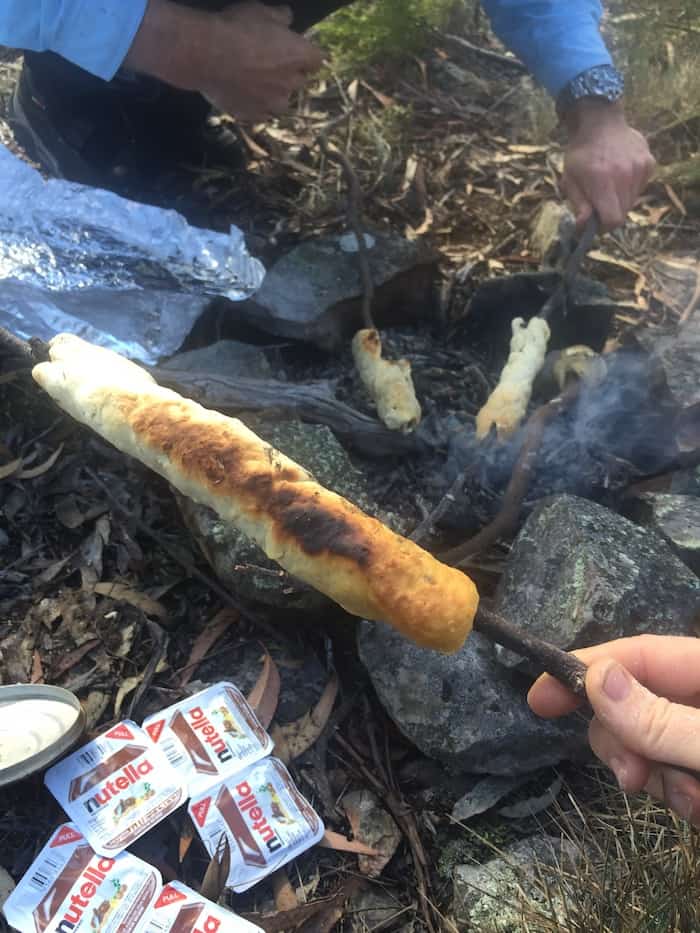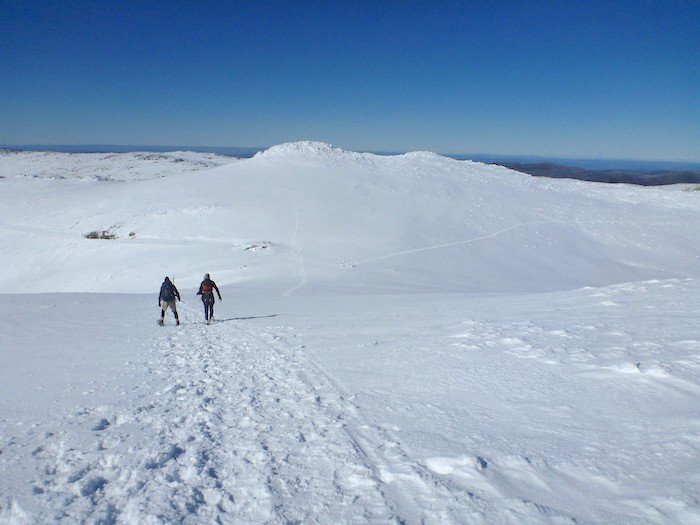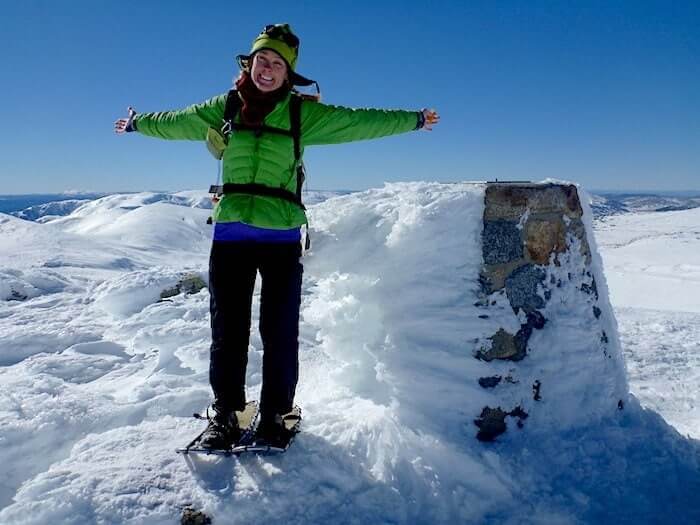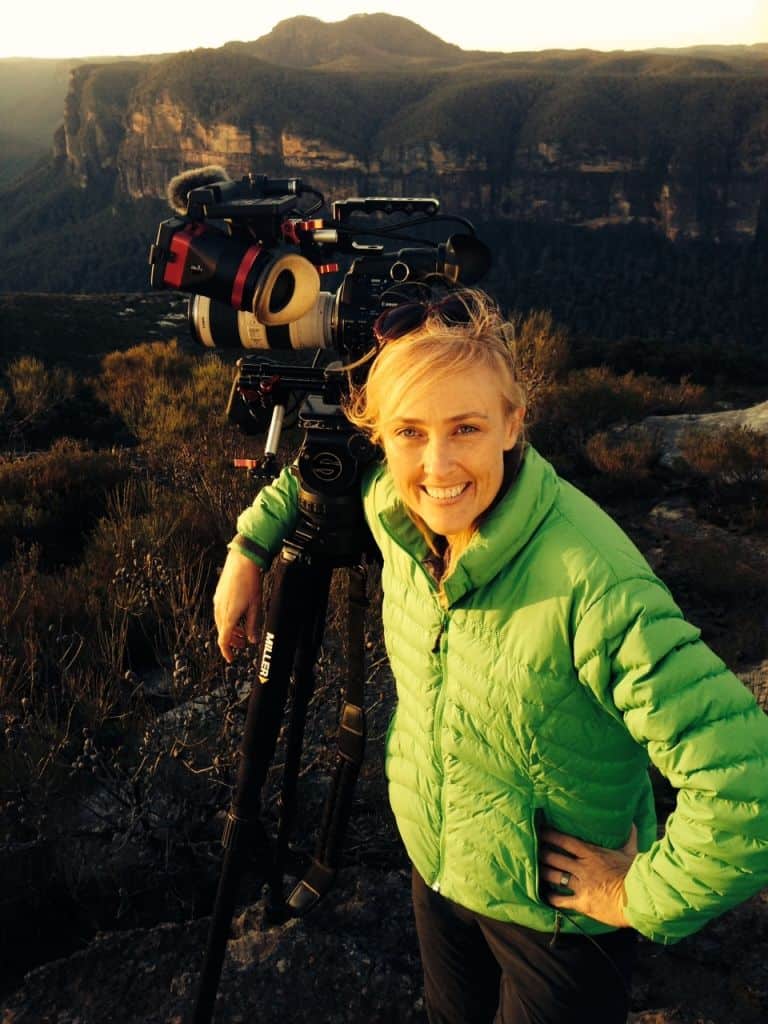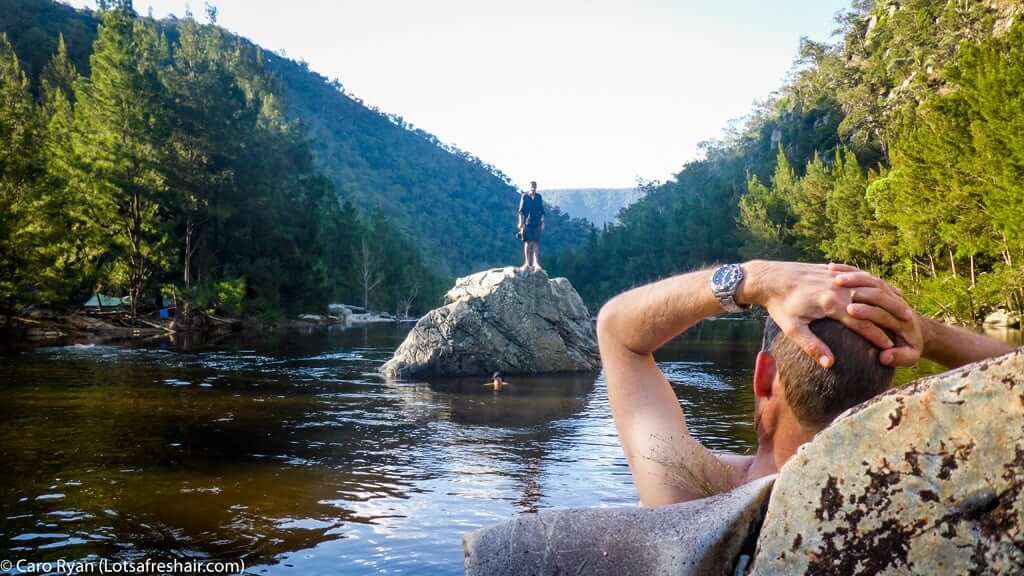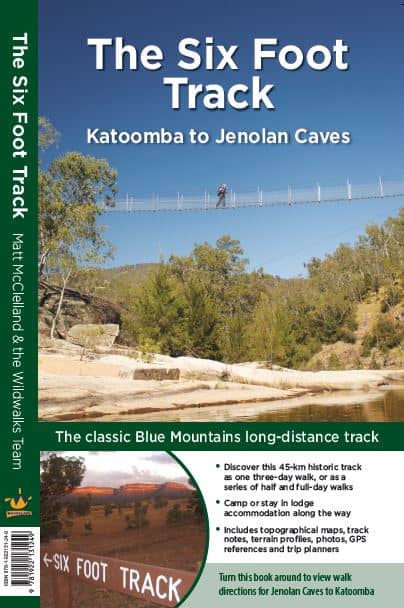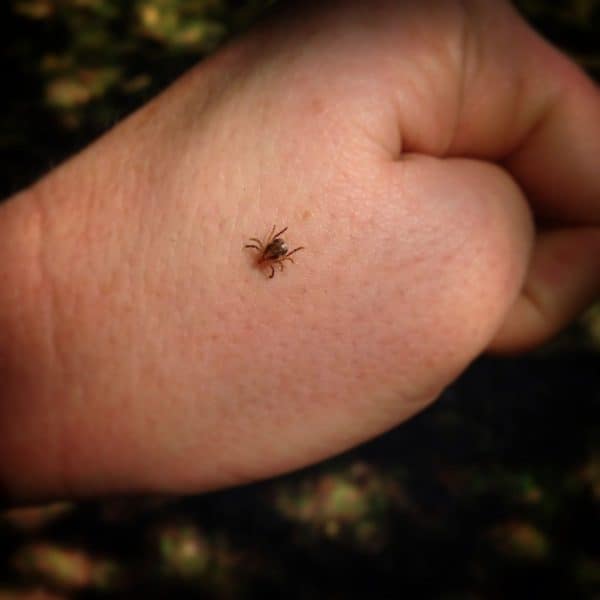I know you think you’d rather be tucked up warm inside, reading a good book or bingeing on Netflix, but if you do, you’ll be missing out on the best season for hiking in Australia. Here’s why:
Our pioneering bushwalking fore-fathers… (and mothers) – people like Paddy Pallin or the legend, Dot Butler – had a “walking season”. It was Easter to the October Long Weekend. Outside of this they’d go canyoning, canoeing/kayaking… even though these days people get all excited about the summer holidays and going for a hike, there’s real sense in heading out bushwalking during cooler seasons.
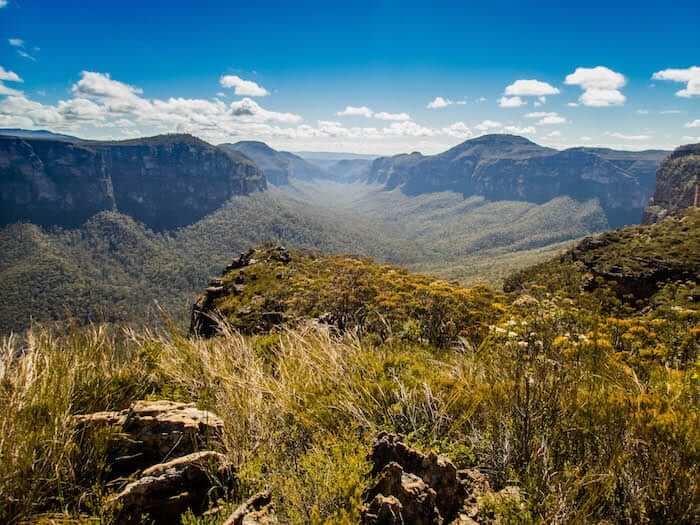
- 1. It’s just more comfortable
- 2. Less chance of dehydration
- 3. It’s easier to get warm… than get cold
- 4. Your backpack may be lighter
- 5. Less rainfall = bluer skies
- 6. Snakes (and LEECHES and TICKS!) are snuggling up
- 7. Campfire wonders
- 8. Less bushfire danger
- 9. You can try snow shoeing and camping
- 10. It’s a great way to get fit (and stay fit) during cooler months
1. It’s just more comfortable
As much as I joke about being sweaty Betty sometimes, no one likes to sweat profusely, it just feels yech. Although you can still build up quite a sweat climbing those big hills, it’s just much more pleasant in winter. As the saying goes, ‘be bold, start cold.’ Before a big climb try removing some outer layers, you’ll soon warm up if you keep moving!
2. Less chance of dehydration
Being dehydrated is more than just being a little thirsty. In fact, if you don’t respond to it, you can find yourself with heat related illness which can actually be life-threatening. Yes… you can die from it. When it’s cooler, you may need to be more vigilant to remember to drink regularly, but the added issues of hot weather and humidity, lower the chances of suffering from dehydration.
3. It’s easier to get warm… than get cold
In summer, there’s only so many layers you can take off to cool down before it starts becoming rude. Now even though I know there is a micro-niche of bushwalkers who ‘do it in the raw’, the rest of us prefer some level of modesty coverage! There are a few different ways you can help regulate your body temps on colder days, including:
- Layering clothes to regulate your body temperature.
- Having something to eat or drink helps warm you up… especially if it’s warm.
- Light a fire (leave no trace of course!)
- Exercising – walking/hiking keeps you warm!
- Make a hot water bottle with your Nalgene bottle and pop it in a sock and then into your sleeping bag… toasty!
- Use hand warmers
4. Your backpack may be lighter
With cooler temps, there’s less evaporation of our streams and creeks, which means that there’s more likelihood of finding water along the way. With every litre of water weighing a kilo, I’d rather carry water purification tablets (or other method) than litres of water. On hotter days I’ll generally carry 3+ litres per day walk, whereas I’m more likely to lug just 2 litres in winter. So although you’ll need more layers of clothing in your backpack, at least with modern fabrics like merino, polypropylene, fleece and down … they’re all super light!
5. Less rainfall = bluer skies
Remember the Sydney Olympics? They moved the date of the games in Sydney to the end of August as it was traditionally the driest time of the year. Ah, those lush, deep blue skies you could almost dive up into!
6. Snakes (and LEECHES and TICKS!) are snuggling up
Whilst you might wish you’re snuggling up inside, generally speaking, most of the Aussie nasties are! A perfect time to get out without them.
7. Campfire wonders
I don’t know if there is a better experience than kicking back in front of a campfire with good mates at the end of a long day bushwalking. Your body has a few aches (the good kind), your belly is full of tasty, warm, hearty camp food, you might have a mug of red wine beside you and you’re feet are warming in front of the ‘bush tele’. Conversation meanders, dad jokes are told and retold, and the plans for tomorrow’s journey are laid out. Although there’s less chance of a TOBAN (Total Fire Ban), it’s still a good idea to check first.
Just be sure to practice minimal impact/leave no trace fire when you do light a fire. It’s vital that you make sure you completely extinguish the embers and leave no trace of your campsite
8. Less bushfire danger
With such a long, dry, bushfire season behind us, the knowledge of walking at a lower risk time of year is a big weight off the mind. Of course, it’s still important to check for alerts from local authorities like National Parks or your state’s Rural Fire Service, but the dangers are greatly reduced in winter.
9. You can try snow shoeing and camping
If you think snowshoeing is strapping tennis rackets to your feet, think again. It’s much more like bushwalking or hiking, but just on snow. Our alpine resorts and regions are amazing any time of year, but with the right gear and a guide (if you’re new to it), snowshoeing will get you out into backcountry, away from the crowded resorts, where you feel like the only person for miles. You might well be!
10. It’s a great way to get fit (and stay fit) during cooler months
You often hear people say, “I need to get fit for Summer”… real bushwalkers say, “I need to be fit for Winter!” When you’re less likely to encounter issues with heat illness or dehydration, it’s the time to stretch yourself, build up your fitness gradually and attempt those big, long walks, with big hills… even multi-day trips, carrying everything you need on your back.
Q: What’s your best winter walking tip or memory?
A version of this post appeared on the Macpac site!

